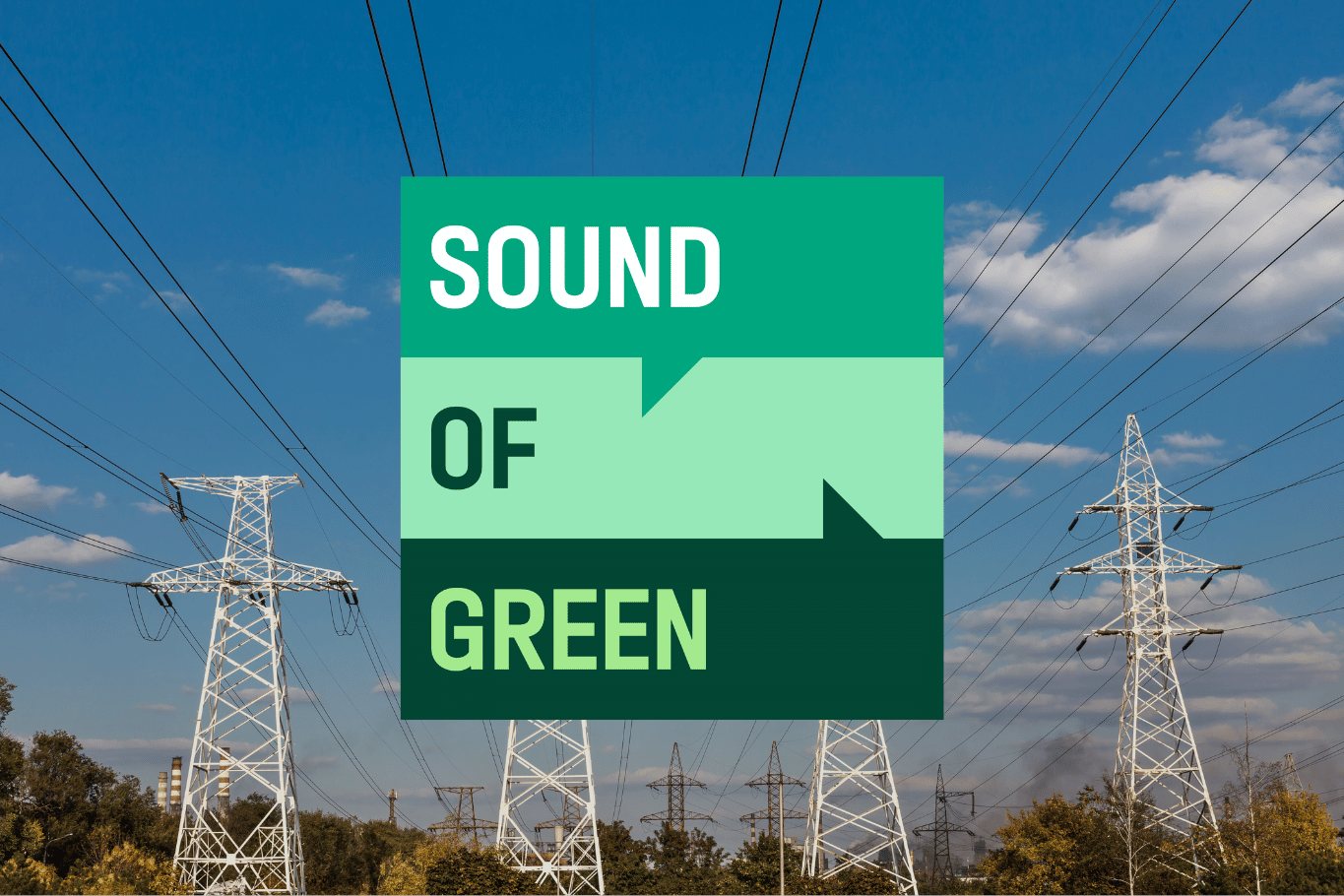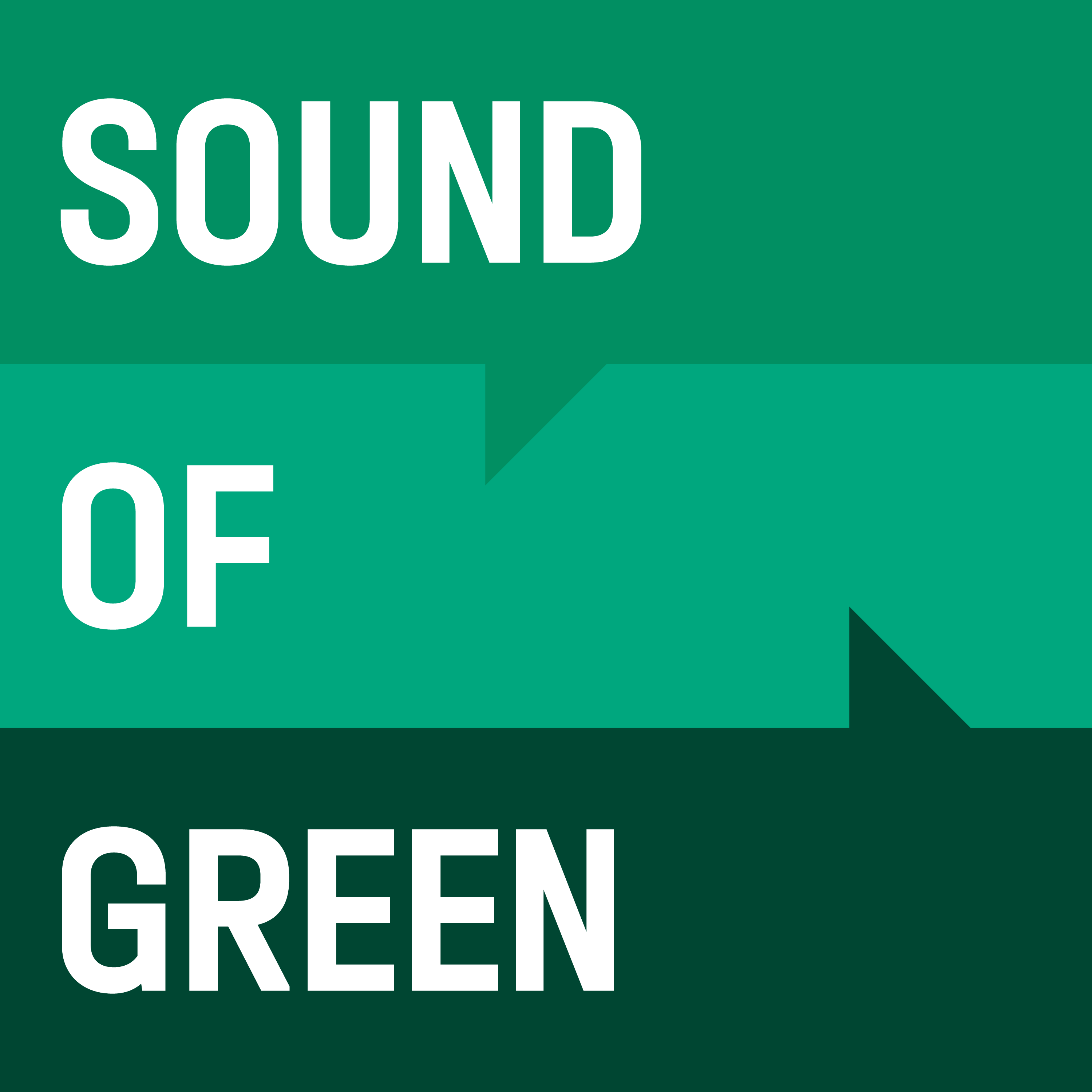Podcast series: Sound of Green
Conveyed in a short, accessible format, Sound of Green is for anyone curious about how Denmark approaches climate action. You can find all episodes below or on your favourite podcast app.
Explore all podcast episodesPerspective
Electricity grid
Grid and infrastructure
Grid balancing
+2



Conveyed in a short, accessible format, Sound of Green is for anyone curious about how Denmark approaches climate action. You can find all episodes below or on your favourite podcast app.
Explore all podcast episodesHow do you create an energy supply that is both green, affordable and secure at the same time?
As the geopolitical events of the past few years have shown, it is an ideal that’s difficult to uphold. However, those same events have also made it clear that we can’t let the flow of renewable energy be constrained by borders if we want to see the green energy transition through. To be sure, distributing energy across borders and connecting both grids and markets requires a complex level of collaboration – one that Denmark has long succeeded in.
In this episode of the Sound of Green podcast, we explore the potential of increased grid and market interconnectivity through the case of Viking Link: the world’s longest power cable connecting the UK and Denmark. Listen to the episode and hear insights from key actors such as Michael C. Hjorth, Chief Commercial Officer at NKT, Kristoffer Böttzauw, Director of the Danish Energy Agency and Rebecca Sedler, Managing Director of Interconnectors at the UK energy company National Grid.
Most of the renewable energy sources we plan to integrate into our power grids are intermittent – they do not deliver a continuous flow of energy as they depend on the forces of nature. Although there’s broad agreement that the buildout of renewable energy is the key to a sustainable future, intermittency requires more flexibility in our energy systems to balance supply and demand.
In Denmark, interconnectors have long been recognised as a key asset to a sustainable energy system.
An interconnector is a high-voltage transmission cable that links the power grids of two different regions or countries, allowing for energy to flow between them. Like many other solutions in the green transition, interconnectors are a tried and tested technology that has been around for a long time.
In many parts of Europe, when it’s windy or the sun is shining, we generate more energy than we can consume. Without a grid that’s large and strong enough to send this excess energy elsewhere, we essentially have to shut it off.
We’re now in a catch-up game. Grid reinforcement needs to happen quickly and in parallel with the growing energy generation.
Michael C. Hjorth, Chief Commercial Officer at NKT
This need for and alignment of the build-out of grids and renewable assets is all the more present if you consider the extremely ambitious targets for renewable energy capacity set by the EU, as Rebecca Sedler from National Grid points out:
Interconnectors will play a central role in the green transition of Europe as electrification moves along and the demand for cheap renewable power increases. And from a Danish perspective, we need interconnectors to make our contribution to the green transition count.
Interconnectors are the answer to a large part of the energy trilemma, where you are looking at how to create an energy system that is based on renewables, has high security of supply, and is affordable. So we need to look more into how to interlink demand and supply as well as regions and continents.
Denmark is in a position to produce far more energy than we need for our own use. So, we have a responsibility to support this transition in Europe and bring our green, renewable power to the market. To achieve this, we need interconnectors.
Kristoffer Böttzauw, Director of the Danish Energy Agency
The 18th of April 2024 marked a milestone with the official inauguration of the world’s longest electricity cable connection, Viking Link, between Denmark and the United Kingdom. Through the world’s longest land and subsea interconnector, the power cable stretches across the North Sea, connecting the two countries’ energy grids and enabling an exchange of green energy flows between the UK and Denmark.
The inauguration of Viking Link was the culmination of 13 years of hard work that all started with a case based on societal welfare as Rebecca Sedler from National Grid states:
As part of our business strategy, we were assessing where we could provide the most consumer and societal value—such as carbon reductions and energy security—through connections with different countries. It’s typical for us to conduct assessments using market fundamentals and forecasts to understand how these energy systems will evolve in different countries, and then compare them to the UK to identify potential projects.
Beyond that, you also have to consider the engineering and physical challenges of building the link. The Viking Link is, in fact, the longest land and subsea cable in the world. We even hold a Guinness World Record for the project, which spans approximately 750 kilometers in total.
Rebecca Sedler, Managing Director of Interconnectors at National Grid
Discover the case: Viking Link: Exchanging green energy flows via the world’s longest power cable
To truly reap the benefits of connecting two energy systems and markets you must consider their compatibility beyond the feasibility of developing the link itself. You also need to think about when the consumers in those markets use the energy, when things like mealtimes might affect the strain on a given system as well as the weather patterns in the respective geographies that effect energy scarcity or excess.
The reason why Viking Link is so groundbreaking is of course the size of the interconnector, but it is also that it connects different time zones, which, compared to our Nordic neighbors like Germany and the Netherlands, opens up new possibilities for sending energy back and forth. By connecting different time zones, we link different consumer patterns and energy peak load times.
Kristoffer Böttzauw, Director of the Danish Energy Agency
In general, because sharing energy between two countries via an interconnector is a massive feat of engineering and technology, interconnector projects can be seen as enablers of technology development, as Michael C. Hjorth from the Danish power cable producer NKT explains:
Interconnectors are projects with the potential to drive technological evolution, primarily because they involve long cable stretches or need to cross deep water. The requirement to transmit massive amounts of power pushes the technology towards higher voltage ranges.
For comparison, the socket in your wall provides 220 volts. We’re now talking about systems that are 2,000 times stronger than what you get from your household socket. This represents a significant leap in technological development.
Michael C. Hjorth, Chief Commercial Officer at NKT
This article is an excerpt of our podcast episode on interconnectors and part of our podcast series Sound of Green. Listen to the episode in its entirety on your preferred podcast platform or by clicking below:

partners
Offshore wind
+3
News
Energy efficiency in buildings
+21
News
Air pollution from industry production
+27